detail profile dimitri kipiani
Peran Yang Di Mainkan Dimitri Kipiani
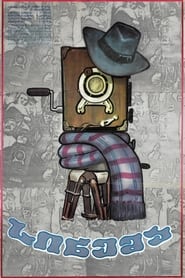 At the end of the 20th...
At the end of the 20th...Cinema 1977
At the end of the 20th century, the son of a distinguished family, Sosiko Cholokashvili, became interested in cinematography, a field unknown to the public. Despite his inexperience, financial difficulties, and disappointment, one of the first enthusiasts of Georgian cinema recorded many shots depicting the appearance and existence of old Tbilisi on tape.
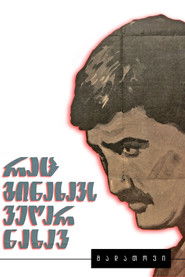 The young craftsman Gogia and the...
The young craftsman Gogia and the...You Can't See What You Have Seen 1965
The young craftsman Gogia and the village girl Tasia fall in love with each other. Arriving in Tasia's village accompanied by a wedding procession, Gogia Can't find his bride anymore, Turns out by the order of Tasia's godmother, the duke's wife, she was taken to the duke's house as a servant. The elderly duke liked Tasia and decided to marry her. Gogia with the help of his friends, Karachokheli, tries to get his bride back.
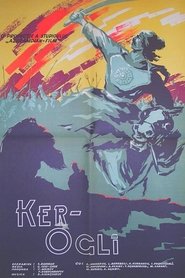 The heroic Koroghlu is a poor...
The heroic Koroghlu is a poor...Koroghlu 1960
The heroic Koroghlu is a poor youngster who leads a peasants' revolt against the tyrannic Khan.
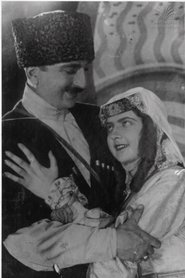 The film mocks the stereotypical image...
The film mocks the stereotypical image...True Caucasian 1931
The film mocks the stereotypical image of Caucasians and Georgians. False representations of the Caucasus are satirized: Kakhuri wine flows like a spring on a narrow street of Tbilisi, which is drunk with wine glasses; Barbers shave their clients with a dagger, and if something offends them, they cut them with the same dagger; And A dancing Georgian woman dancing is observing all these without any emotion.
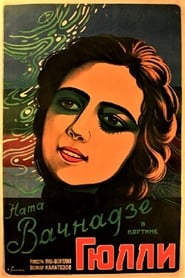 A pretty young Azeri woman Giuli...
A pretty young Azeri woman Giuli...Giuli 1927
A pretty young Azeri woman Giuli and Georgian guy Mitro are very in love. But because of traditions she can not marry him. Young people run away to get happy together, but without success.
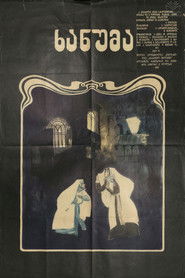 Prince bonvivant Levan Phantiashvili finds himself...
Prince bonvivant Levan Phantiashvili finds himself...Khanuma 1926
Prince bon-vivant Levan Phantiashvili finds himself in a difficult financial situation. To make his life better he agrees to marry the merchant Adam Varakhidze’s daughter, Elo. The merchant is happy for this move opens the door in a high society for him until he finds out that Elo is not quite happy with his decision.
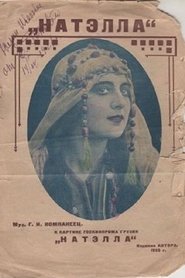 Love adventure and revolutionary uprising in 19...
Love adventure and revolutionary uprising in 19...Natela 1926
Love, adventure, and revolutionary uprising in 19th century Georgia.
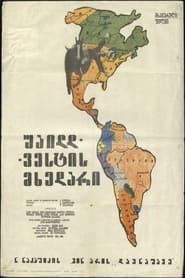 Blinded by the desire of wealth...
Blinded by the desire of wealth...Who Is Guilty? 1925
Blinded by the desire of wealth, mother of Siko makes him leave behind his wife and child and go to America.
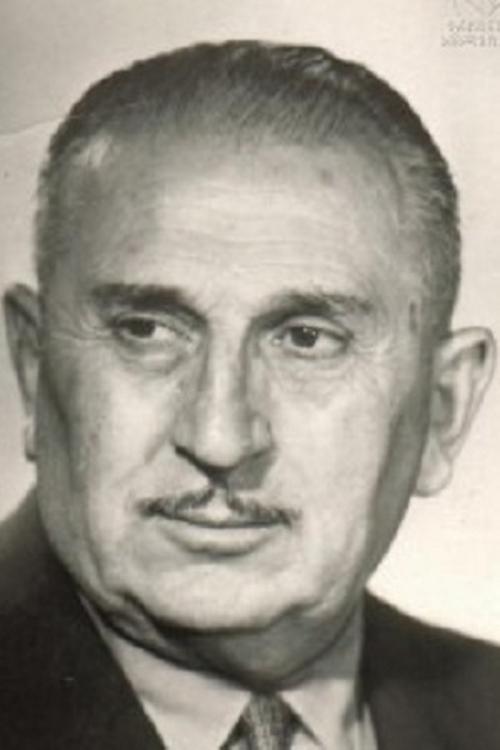
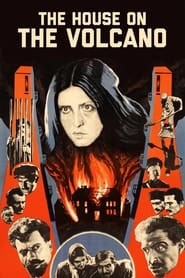 An aging drilling foreman recounts the...
An aging drilling foreman recounts the...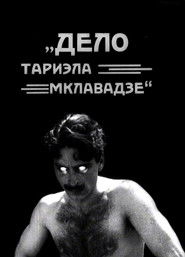 Schoolteacher Spiridon and his pretty wife...
Schoolteacher Spiridon and his pretty wife...